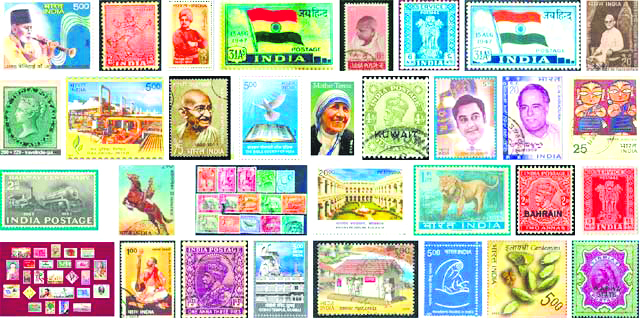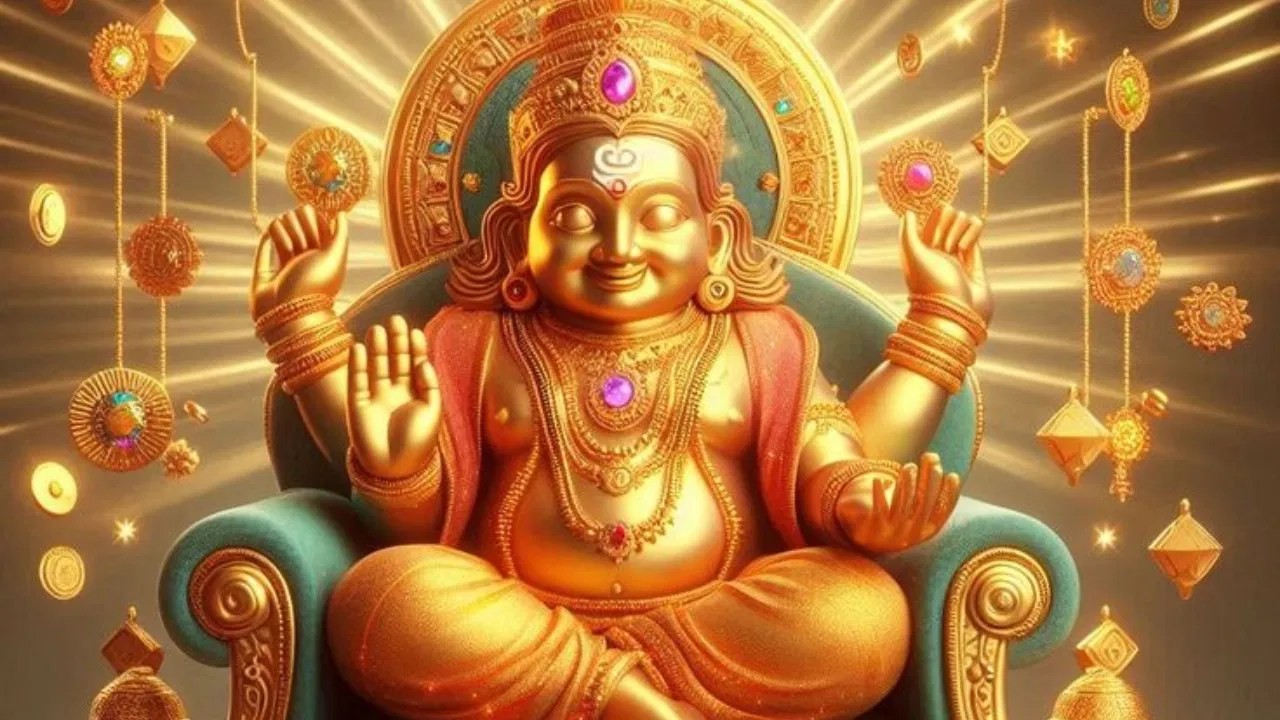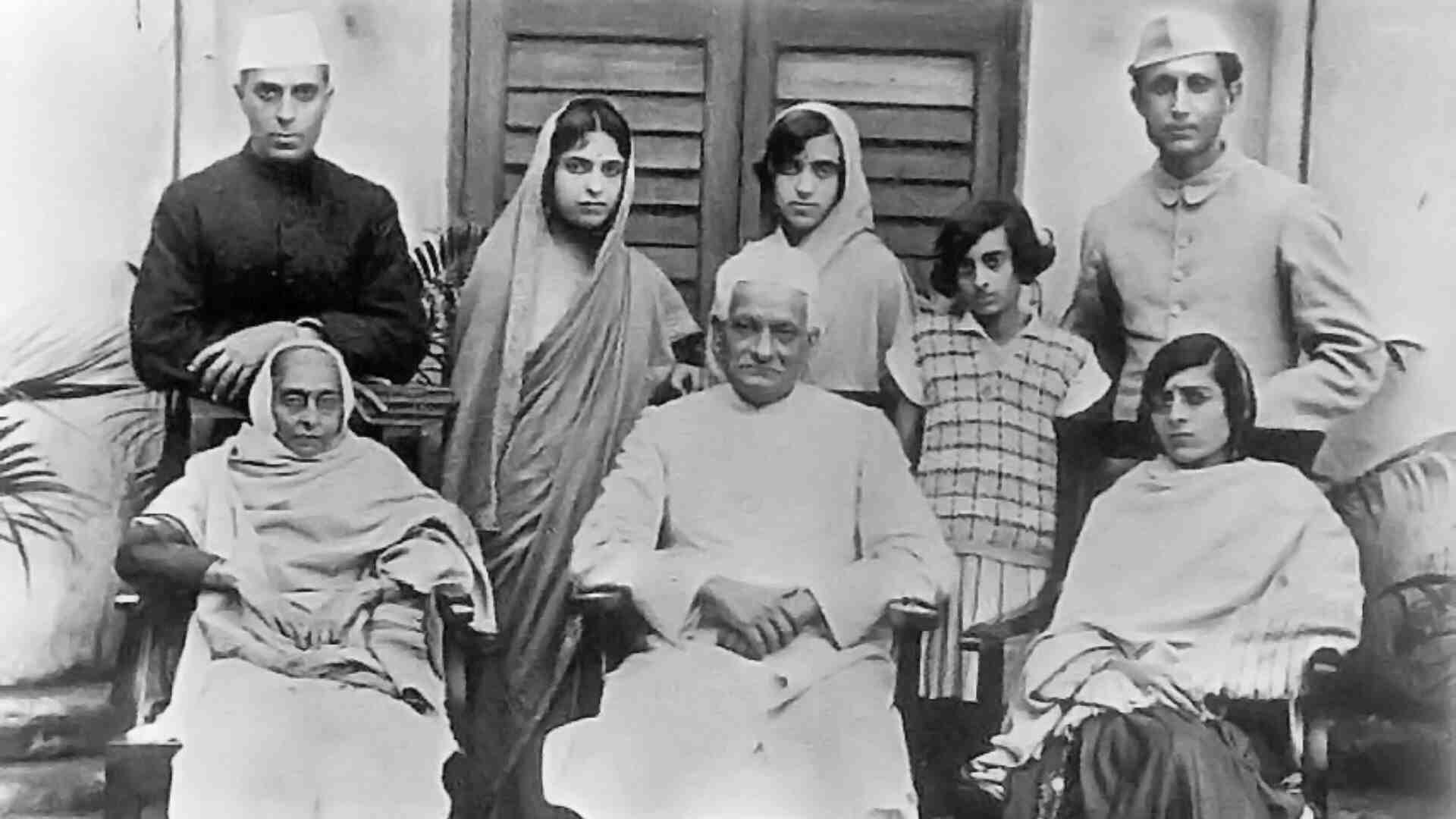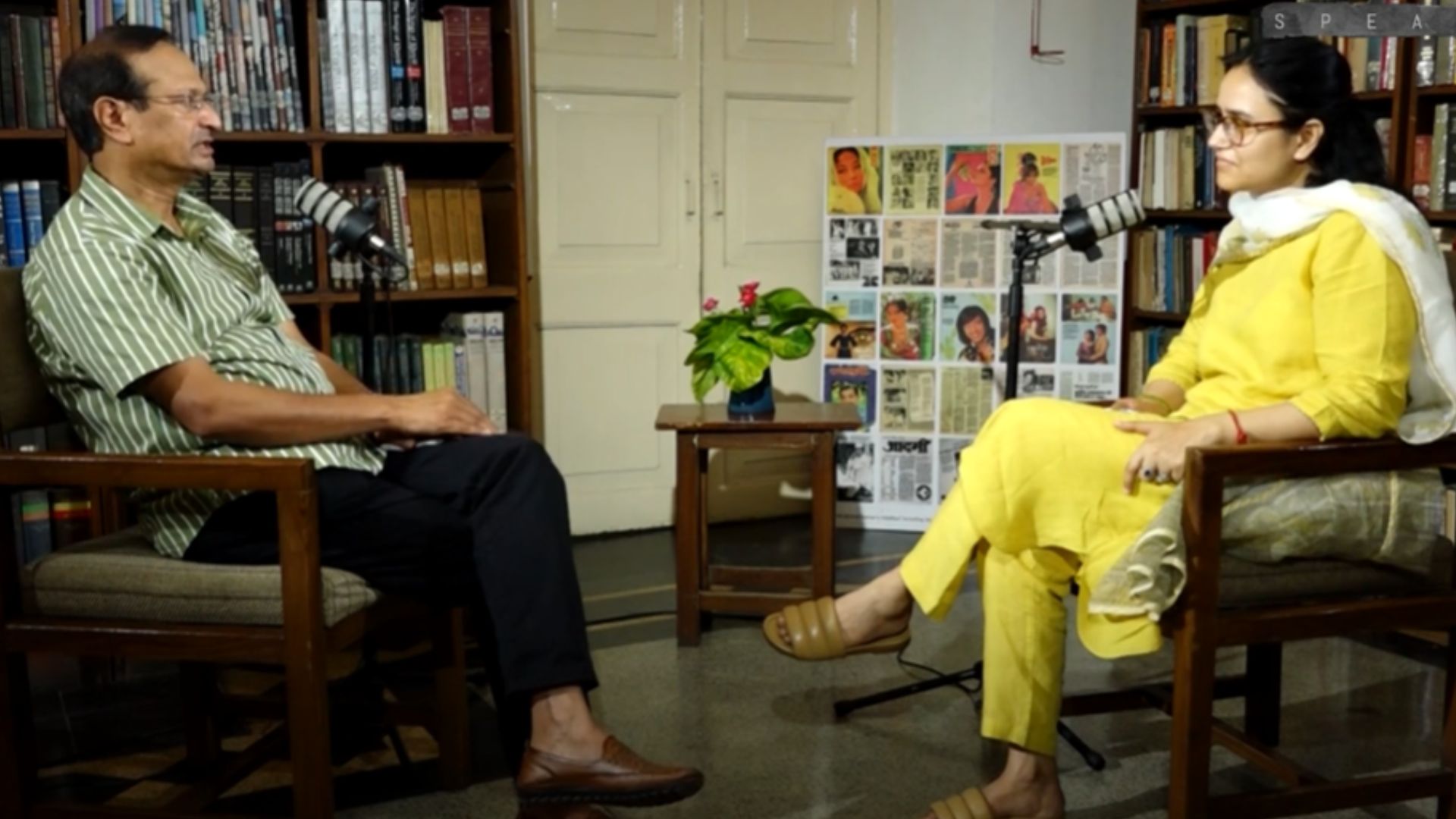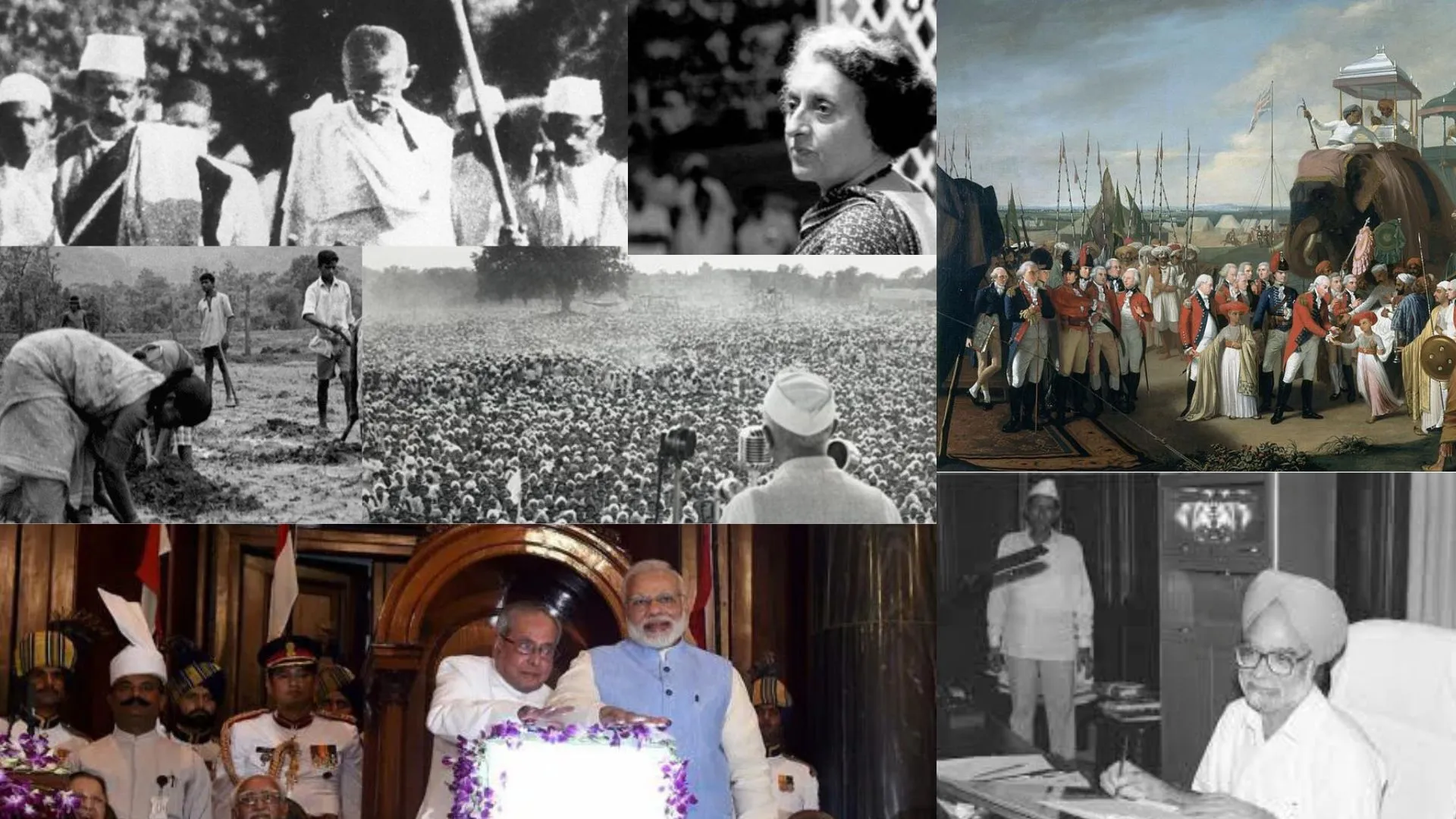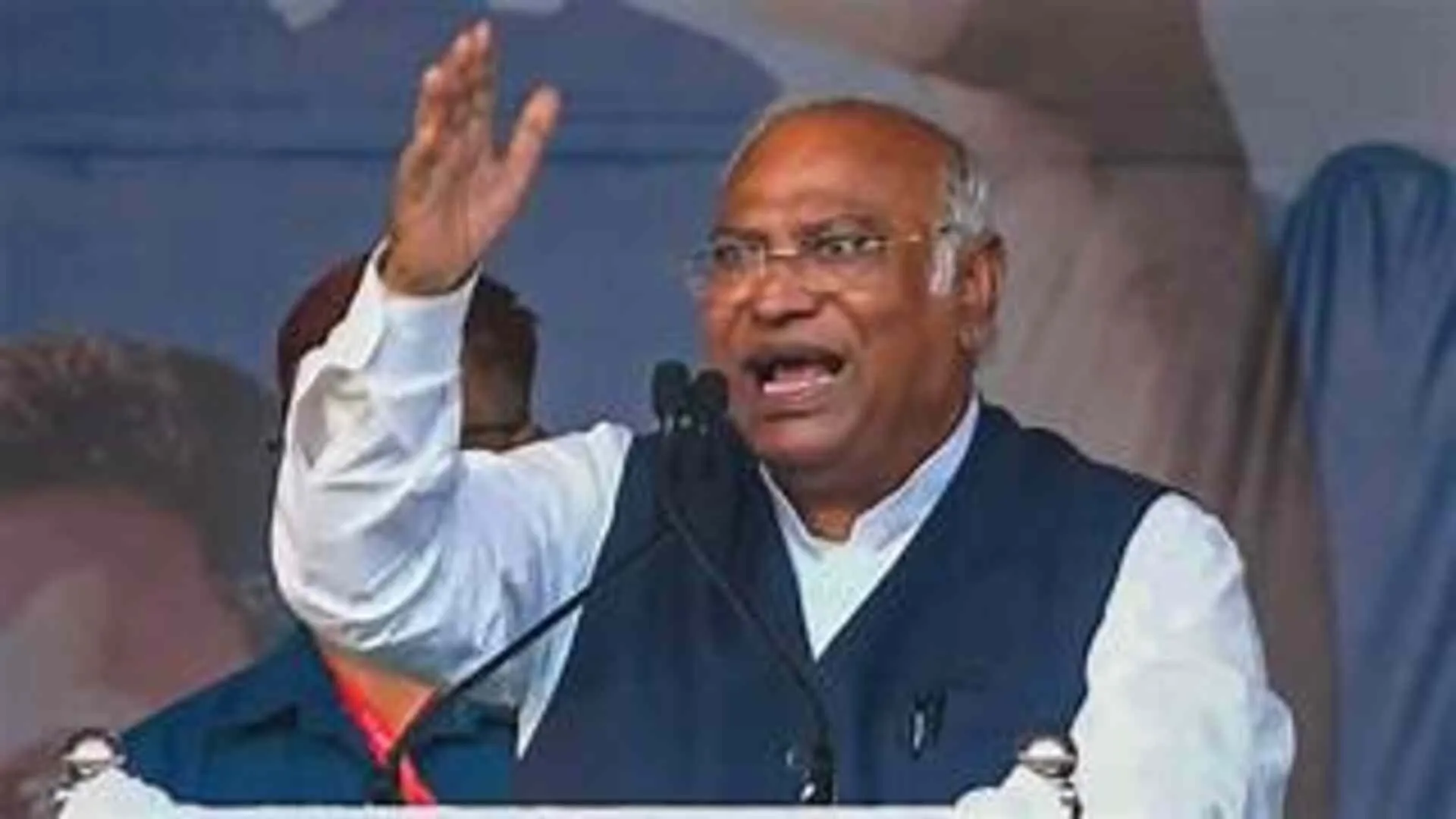Indian postal stamps offer a captivating journey through the nation’s history, culture, and technological advancements.
Stamps effectively serve as the currency of the letter world. They determine how quickly your mail will make it to its final destination. And by having your letter “stamped”, it’s basically a way of letting the post-office know that you’ve paid for the shipping.
But beyond their role as facilitators of communication, stamps themselves carry messages embedded in their usage and imagery. Functionally, stamps signify that appropriate payment has been made for the service of transporting a letter. Symbolically, stamps express meaning for a variety of actors.
Interestingly, Indian postal systems for efficient military and governmental communications had developed long before the arrival of Europeans.
When the Portuguese, Dutch, French, Danish and British conquered the Marathas who had already defeated the Mughals, their postal systems existed alongside those of many somewhat independent states. The British East India Company gradually annexed the other powers on the sub-continent and brought into existence a British administrative system over most of modern-day India, with a need to establish and maintain both official and commercial mail systems.
Although the Indian Post Office was established in 1837, Asia’s first adhesive stamp, the Scinde Dawk, was introduced in 1852 by Sir Bartle Frere, the East India Company’s administrator of the province of Sind. The Indian postal system developed into an extensive, dependable and robust network providing connectivity to almost all parts of India, Burma, the Straits Settlements and other areas controlled by the East India Company (EIC). Based on the model postal system introduced in England by the reformer, Rowland Hill, efficient postal services were provided at a low cost and enabled the smooth commercial, military and administrative functioning of the EIC and its successor, the British Raj. The Imperial Posts co-existed with the several postal systems maintained by various Indian states, some of which produced stamps for use within their respective dominions, while British Indian postage stamps were required for sending mail beyond the boundaries of these states. Telegraphy and telephony made their appearance as part of the Posts before becoming separate departments. After the independence of India in 1947, the Indian postal service continues to function on a countrywide basis and provides many valuable, low cost services to the public of India.
The Post in ancient and medieval India
The history of India’s postal system begins long before the introduction of postage stamps. The antecedents have been traced to the systems of the Persian Empire instituted by Cyrus the Great and Darius I for communicating important military and political information. The Atharvaveda (or Arthveda) which is one of the oldest books in the world, records a messenger service in ancient India millenniums ago. Systems for collecting information and revenue data from the provinces are mentioned in Chanakya’s Arthashastra (meaning military strategy and skill)(c. 3rd century BCE).
In ancient times the kings (or Raja), emperors (or Maharaja), rulers, zamindars (or the feudal lords) protected their land through the intelligence services of specially trained police or military agencies and courier services to convey and obtain information through runners, messengers and even through pigeons in most parts of India. The chief of the secret service, known as the Daakpaal (postmaster), maintained the lines of communication … The people used to send letters to [their] distant relatives through their friends or neighbors.
Dak Chowki of Sher Shah Suri’s period, Wazirabad, Punjab, Pakistan
The first Sultan of Delhi, before the Mughals colonised India, Qutb-ud-din Aybak was Sultan for only four years, 1206–1210, but he founded the Mamluk Dynasty and created a messenger post system. This was expanded into the dak chowkis, a horse and foot runner service, by Alauddin Khalji in 1296. Sher Shah Suri (1541–1545) replaced runners with horses for conveyance of messages along the northern Indian high road, today known as the Grand Trunk Road, which he constructed between Bengal and Sindh over an ancient trade route at the base of the Himalayas, the Uttarapatha
BRITISH ERA
The East India Company took constructive steps to improve the existing postal systems in India when, in 1688, they opened a post office in Bombay followed by similar ones in Calcutta and Madras. Lord Clive further expanded the services in 1766 and in 1774 Warren Hastings made the services available to the general public. The fee charged was two annas per 100 miles. The postmarks applied on these letters are very rare and are named ‘Indian Bishop Marks’ after Colonel Henry Bishop, the Postmaster General of the United Kingdom who introduced this practice in Britain. The Post Office Department of the East India Company was first established on 31 March 1774 at Calcutta, followed in 1778 at Madras and in 1792 at Bombay. After 1793, when Cornwallis introduced the Regulation of the Permanent Settlement, the financial responsibility for maintaining the official posts rested with the zamindars. Alongside these, private dawk mail systems sprang up for the commercial conveyance of messages using hired runners.
The Post Office Act XVII of 1837 provided that the Governor-General of India in Council had the exclusive right of conveying letters by post for hire within the territories of the East India Company. Section XX required all private vessels to carry letters at prescribed rates for postage. A handstamp was applied to preadhesive ship letters. The mails were available to certain officials without charge, which became a controversial privilege as the years passed. On this basis the Indian Post Office was established on 1 October 1837.
The Scinde District Dawk
1852 red sealing wafer Scinde Dawk, Asia’s first adhesive stamp.
The use of the Scinde Dawk adhesive stamps to signify the prepayment of postage began on 1 July 1852 in the Scinde/Sindh district, as part of a comprehensive reform of the district’s postal system. The new stamps were embossed individually onto paper or a wax wafer. The shape was circular, with “SCINDE DISTRICT DAWK” around the rim and the British East India Company’s Merchant’s Mark as the central emblem. They were used until October 1854, and then officially suppressed.
EAST INDIA POSTAGE
A new design for stamps, with Queen Victoria in an oval vignette inside a rectangular frame, was inscribed “EAST INDIA POSTAGE”. The first of these became available in 1855. They continued in use well after the British government took over the administration of India in 1858, following the 1857 Rebellion against the East India Company’s rule. From 1865 the Indian stamps were printed on paper watermarked with an elephant’s head.
The volume of mail moved by the postal system increased relentlessly, doubling between 1854 and 1866, then doubling again by 1871. The Post Office Act XIV introduced reforms by 1 May 1866 to correct some of the more apparent postal system deficiencies and abuses. Postal service efficiencies also were introduced. In 1854 Spain had printed special stamps for official communications, but in 1866 India was the first country to adopt the simple expedient of overprinting ‘Service’ on postage stamps and ‘Service Postage’ on revenue stamps. This innovation became widely adopted by other countries in later years.
INDIA POSTAGE
Another four new designs appeared, one at a time, between 1874 and 1876. A complete new set of stamps was issued in 1882 for the Empire of India that had been proclaimed five years earlier, in 1877. The designs consisted of the usual Victoria profile, in a variety of frames, inscribed “INDIA POSTAGE”. The watermark also changed to a star shape. These stamps were heavily used and are still quite common today. Three stamps, featuring a detail from Heinrich von Angeli’s 1885 portrait of Queen Victoria, in 2, 3 and 5 rupee denominations, were introduced in 1895. Other existing designs were reprinted in new colours in 1900.
In 1902 a new series depicting King Edward VII generally reused the frames of the Victoria stamps, with some color changes, and included values up to 25 rupees.
The 1911 stamps of King George V were more florid in their design. It is reported that George V, a philatelist, personally approved these designs. In 1919 a 1½ anna stamp was introduced, inscribed “ONE AND HALF ANNA”, but in 1921 this changed to “ONE AND A HALF ANNAS”. In 1926 the watermark changed to a pattern of multiple stars.
The first pictorial stamps appeared in 1931. The set of six, showing the fortress of Purana Qila, Delhi and government edifices, was issued to mark the government’s move from Calcutta to New Delhi. Another pictorial set of seven stamps, also showing buildings, commemorated George V’s Silver Jubilee in 1935.
The stamps issued in 1937 depicted various forms of mail transports, with King George VI’s effigy appearing on the higher values. A new issue in 1941, constrained by the austerity of World War II, consisted of rather plain designs using minimal amounts of ink and paper.
A victory issue in January 1946 was followed in November 1947 by a first Dominion issue, whose three stamps were the first to depict the Ashoka Pillar and the new flag of India (the third showed an aeroplane).
FIRST STAMP OF INDEPENDENT INDIA
The First Stamp of Independent India was issued on 21 November 1947. It depicts the Indian Flag with the patriots’ slogan, Jai Hind (Long Live India), on the top right hand corner.
A memorial to Mahatma Gandhi was issued 15 August 1948 on the first anniversary of Independence. Exactly one year later a definitive series appeared, depicting India’s broad cultural heritage, mostly Hindu, Buddhist, Muslim, Sikh and Jain temples, sculptures, monuments and fortresses. A subsequent issue commemorated the inauguration of the Republic of India on 26 January 1950.
Definitives included a technology and development theme in 1955, a series all showing the map of India in 1957, denominated in naye paisa (decimal currency), and a series with a broad variety of images in 1965.
Satrunjaya, Jain temple complex near Palitana, 15 August 1949. Indian stamps reflect the country’s old and rich cultural heritage. The old inscription of “INDIA POSTAGE” was replaced in 1962 with “ INDIA”, though three stamps issued between December 1962/January 1963 carried the earlier inscription.
India has printed stamps and postal stationery for other countries, mostly neighbours. Countries which have had stamps printed in India include Burma (before independence), Nepal, Bangladesh, Bhutan, Portugal, and Ethiopia.
The Department of Posts, operating as India Post, is a government-operated postal system, simply referred to within India as “the post office”. With its far-flung reach and its presence in remote areas, the Indian postal service provides many services such as small savings banking and financial services. As of 31 March 2011, the Indian Postal Service has 154,866 post offices, of which 139,040 (89.78%) are in rural areas and 15,826 (10.22%) are in urban areas. It has 25,464 departmental POs and 129,402 ED BPOs. At the time of independence, there were 23,344 post offices, which were primarily in urban areas. India has been divided into 22 postal circles, each circle headed by a Chief Postmaster General. Each Circle is further divided into Regions comprising field units, called Divisions, headed by a Postmaster General, and further divided into units headed by SSPOs & SPOs and Sub Divisions headed by ASPs and IPS.

